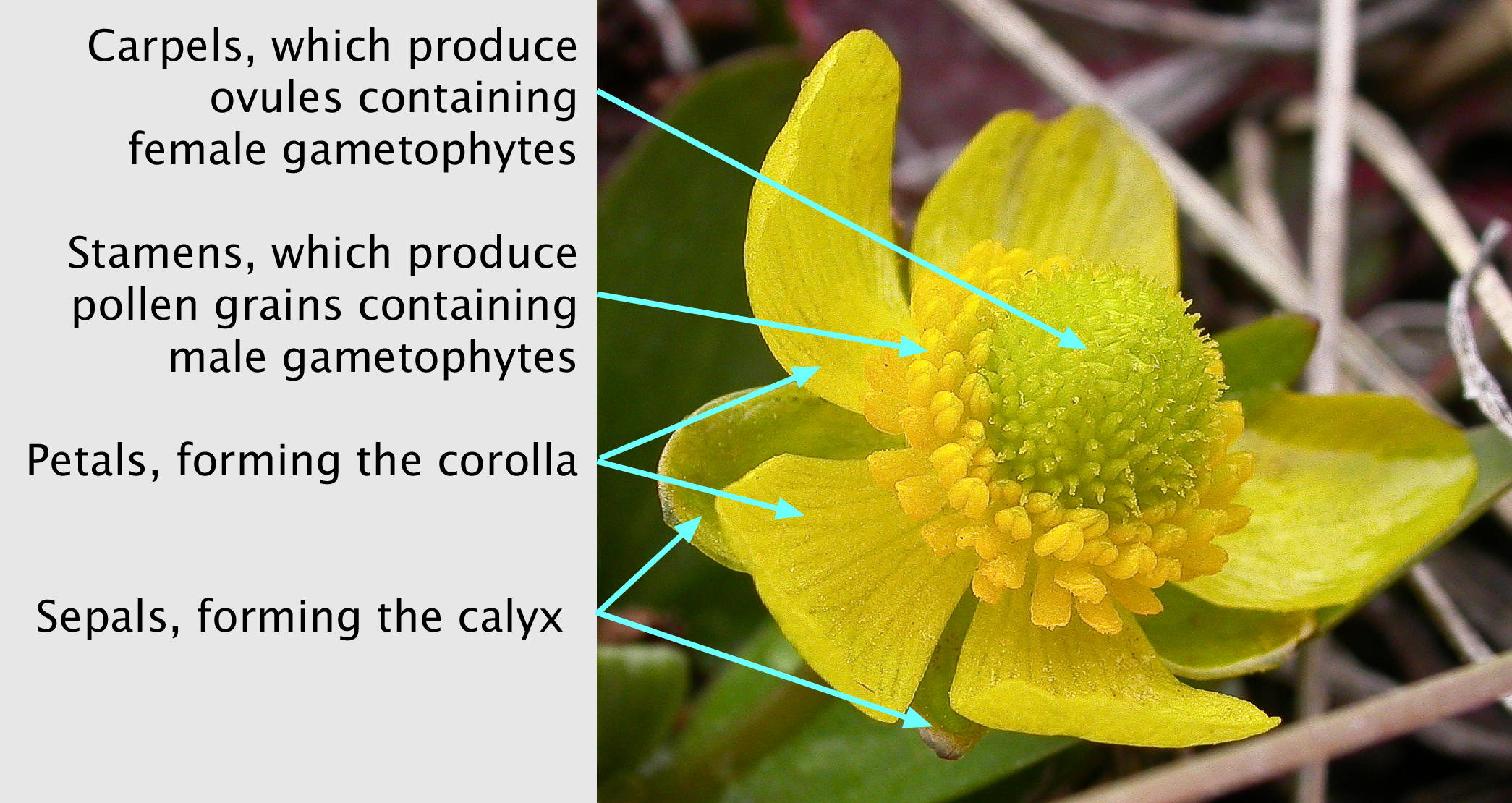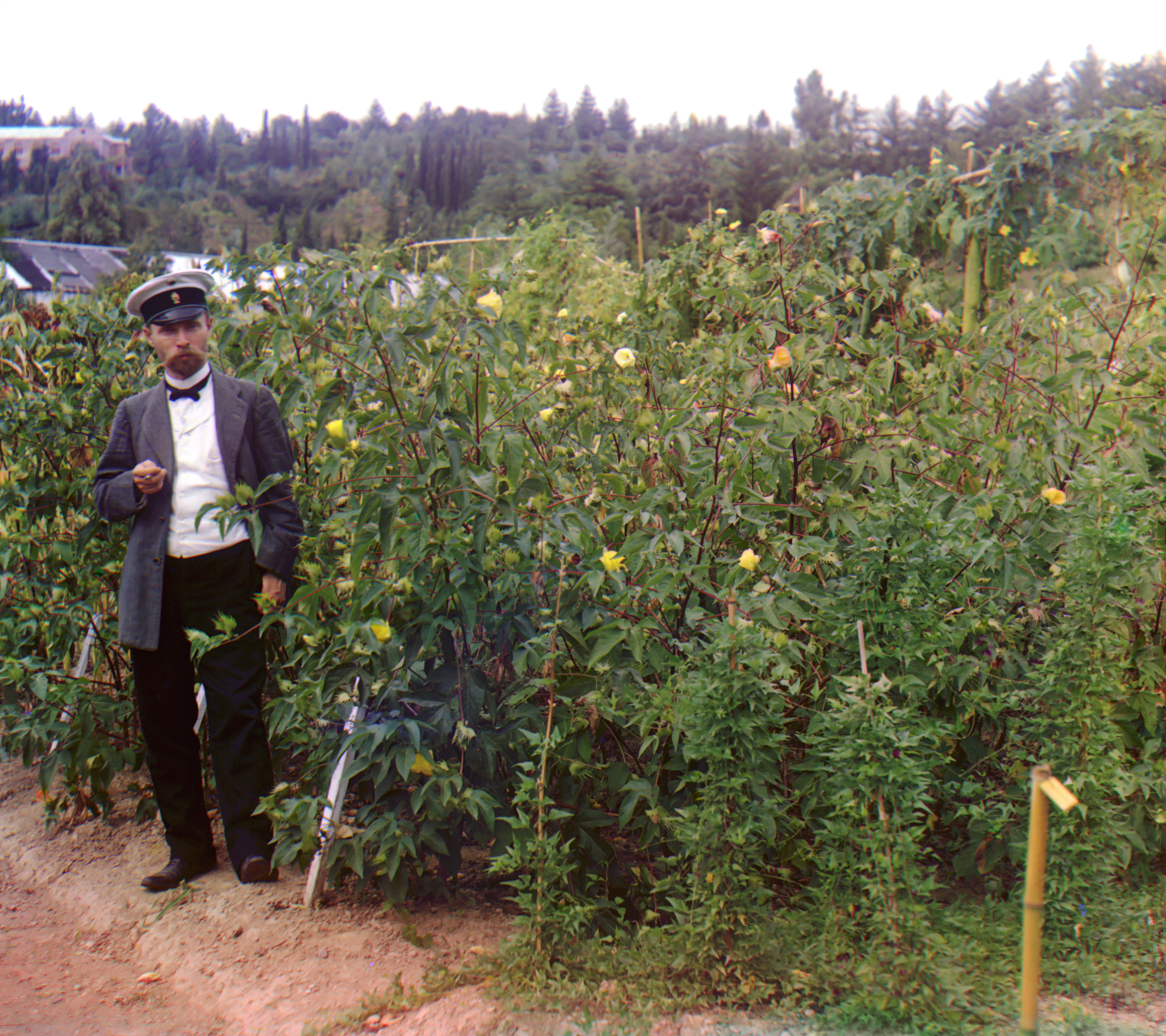|
Phoma Exigua
''Boeremia exigua'' is the type species of the fungus genus, '' Boeremia,'' in the Didymellaceae family. It was first described as ''Phoma exigua'' by John Baptiste Henri Joseph Desmazières in 1849, and transferred to the genus, ''Boeremia'', by M.M. Aveskamp, J. de Gruyter, J.H.C. Woudenberg, G.J.M. Verkley and P.W. Crous in 2010. Desmazières describes the species as occurring on stems and dried leaves, with two varieties: one of which is found on the stems and leaves of a ''Polygonum'' species, and the other on the stems and leaves of ''Ranunculus''. It causes wet weather blight in cotton and it can be treated with systemic copper. Varieties * ''Phoma exigua'' var. ''exigua'' * ''Phoma exigua'' var. ''foveata'' * ''Phoma exigua'' var. ''heteromorpha'' * ''Phoma exigua'' var. ''linicola'' * ''Phoma exigua'' var. ''solanicola'' References External links''Boeremia exigua'' occurrence data and imagesfrom GBIF The Global Biodiversity Information Facility (GBIF) is a ... [...More Info...] [...Related Items...] OR: [Wikipedia] [Google] [Baidu] |
John Baptiste Henri Joseph Desmazières
Jean Baptiste Henri Joseph Desmazières (10 July 1786 in Lille – 23 June 1862 in Lambersart) was a merchant of Lille and an amateur mycologist. He was the editor of the scientific journals "'' Annales des sciences naturelles''" and the "'' Bulletin de la société des sciences de Lille''". He was creator of the exsiccatae series "Plantes cryptogames du Nord de la France" (1825–1851) and "Plantes cryptogames de France" (1853–1861). In 1827 he published a treatise on the genus '' Mycoderma'', titled "''Recherches microscopiques et physiologiques sur le genre Mycoderma''". He was the binomial author of the fungi species '' Agaricus radians'' and '' Aspergillus clavatus''. Aspergillus clavatus Eponymous taxa *''[...More Info...] [...Related Items...] OR: [Wikipedia] [Google] [Baidu] |
Boeremia
''Boeremia'' is a genus of fungi belonging to the family Didymellaceae. It was first described by M.M. Aveskamp, J. de Gruyter, J.H.C. Woudenberg, G.J.M. Verkley and P.W. Crous in 2010, and the type species is ''Boeremia exigua.'' The genus has almost cosmopolitan distribution. Species: *''Boeremia crinicola'' *'' Boeremia diversispora'' *'' Boeremia exigua'' References External links''Boeremia'' occurrence data and imagesfrom GBIF The Global Biodiversity Information Facility (GBIF) is an international organisation that focuses on making scientific data on biodiversity available via the Internet using web services. The data are provided by many institutions from around the ... {{Taxonbar, from=Q10432027 Pleosporales Dothideomycetes genera ... [...More Info...] [...Related Items...] OR: [Wikipedia] [Google] [Baidu] |
Didymellaceae
The Didymellaceae are a family of fungi in the order Pleosporales. They have a world-wide distribution. Recent phylogenetic examination of some of the larger genera of the Pleosporales, particularly ''Phoma'', has led to considerable reorganisation of the order, many of the species being placed in this family. It was originally described including the genera ''Atradidymella'', ''Boeremia'', ''Chaetopyrena'', ''Didymella'', ''Endophoma'', ''Leptosphaerulina'', ''Macroventuria'', ''Peyronellaea'', ''Phoma'', ''Platychora'' and ''Stagonosporopsis''. ''Atradidymella'' is now placed within Pleosporales order, and ''Endophoma'' (is unplaced). Taxonomy Genera as accepted by GBIF, Figures in brackets are approx. how many species per genus; * '' Allophoma'' (14) * '' Amerodothis'' (3) * ''Ascochyta'' (819) * '' Ascochytella'' (14) * '' Ascochytula'' (6) * '' Boeremia'' (26) * '' Briansuttonomyces'' (1) * '' Calophoma'' (19) * '' Cerebella'' (5) * '' Chaetasbolisia'' (7) * '' ... [...More Info...] [...Related Items...] OR: [Wikipedia] [Google] [Baidu] |
Polygonum
''Polygonum'' is a genus of about 130 species of flowering plants in the buckwheat and knotweed family Polygonaceae. Common names include knotweed and knotgrass (though the common names may refer more broadly to plants from Polygonaceae). In the Middle English glossary of herbs ''Alphita'' ( 1400–1425), it was known as ars-smerte. There have been various opinions about how broadly the genus should be defined. For example, buckwheat (''Fagopyrum esculentum'') has sometimes been included in the genus as ''Polygonum fagopyrum''. Former genera such as ''Polygonella'' have been subsumed into ''Polygonum''; other genera have been split off. The genus primarily grows in northern temperate regions. The species are very diverse, ranging from prostrate herbaceous annual plants to erect herbaceous perennial plants. ''Polygonum'' species are occasionally eaten by humans, and are used as food plants by the larvae of some Lepidoptera species – see list. Most species are considered weeds ... [...More Info...] [...Related Items...] OR: [Wikipedia] [Google] [Baidu] |
Ranunculus
''Ranunculus'' is a large genus of about 1750 species of flowering plants in the family Ranunculaceae. Members of the genus are known as buttercups, spearworts and water crowfoots. The genus is distributed worldwide, primarily in temperate and montane regions. The familiar and widespread buttercup of gardens throughout Northern Europe (and introduced elsewhere) is the creeping buttercup '' Ranunculus repens'', which has extremely tough and tenacious roots. Two other species are also widespread, the bulbous buttercup '' Ranunculus bulbosus'' and the much taller meadow buttercup '' Ranunculus acris''. In ornamental gardens, all three are often regarded as weeds. Buttercups usually flower in the spring, but flowers may be found throughout the summer, especially where the plants are growing as opportunistic colonizers, as in the case of garden weeds. The water crowfoots (''Ranunculus'' subgenus ''Batrachium''), which grow in still or running water, are sometimes treated in a sep ... [...More Info...] [...Related Items...] OR: [Wikipedia] [Google] [Baidu] |
Gossypium
''Gossypium'' () is a genus of flowering plants in the tribe Gossypieae of the Malva, mallow family, Malvaceae, from which cotton is harvested. It is native to tropical and subtropical regions of the Old World, Old and New Worlds. There are about 50 ''Gossypium'' species, making it the largest genus in the tribe Gossypieae, and new species continue to be discovered. The name of the genus is derived from the Arabic word ''goz'', which refers to a soft substance. Cotton is the primary natural fibre used by humans today, amounting to about 80% of world natural fibre production. Where cotton is cultivated, it is a major oilseed crop and a main protein source for animal feed. Cotton is thus of great importance for agriculture, industry and trade, especially for tropical and subtropical countries in Africa, South America and Asia. Consequently, the genus ''Gossypium'' has long attracted the attention of scientists. The origin of the genus ''Gossypium'' is dated to around 5–10 ... [...More Info...] [...Related Items...] OR: [Wikipedia] [Google] [Baidu] |
Phoma Exigua Var
''Phoma'' is a genus of common coelomycetous soil fungi. It contains many plant pathogenic species. Description Spores are colorless and unicellular. The pycnidia are black and depressed in the tissues of the host. ''Phoma'' is arbitrarily limited to those species in which the spores are less than 15 μm as the larger spored forms have been placed in the genus ''Macrophoma''. The most important species include ''Phoma beta'' which is the cause of the heart rot and blight of beets, ''Phoma batata'' that produces a dry rot of sweet potato, and ''Phoma solani''. Taxonomy About 140 ''Phoma'' taxa have been defined and recognized which may be divided into two large groups: (i) plurivorous fungi, generally saprobic or weakly parasitic, mainly from temperate regions in Eurasia, but occasionally also found in other parts of the world (including areas with cool or warm climates); and (ii) specific pathogens of cultivated plants. However other estimates place the number of taxa c ... [...More Info...] [...Related Items...] OR: [Wikipedia] [Google] [Baidu] |
GBIF
The Global Biodiversity Information Facility (GBIF) is an international organisation that focuses on making scientific data on biodiversity available via the Internet using web services. The data are provided by many institutions from around the world; GBIF's information architecture makes these data accessible and searchable through a single portal. Data available through the GBIF portal are primarily distribution data on plants, animals, fungi, and microbes for the world, and scientific names data. The mission of the GBIF is to facilitate free and open access to biodiversity data worldwide to underpin sustainable development. Priorities, with an emphasis on promoting participation and working through partners, include mobilising biodiversity data, developing protocols and standards to ensure scientific integrity and interoperability, building an informatics architecture to allow the interlinking of diverse data types from disparate sources, promoting capacity building and cataly ... [...More Info...] [...Related Items...] OR: [Wikipedia] [Google] [Baidu] |
Pleosporales
The Pleosporales is the largest order (biology), order in the fungal class Dothideomycetes. By a 2008 estimate, it contained 23 family (biology), families, 332 genera and more than 4700 species. The majority of species are saprobes on decaying plant material in fresh water, marine, or terrestrial environments, but several species are also associated with living plants as parasitism, parasites, epiphytes or endophytes. The best studied species cause plant diseases on important agricultural crops e.g. ''Cochliobolus heterostrophus'', causing southern corn leaf blight on maize, ''Phaeosphaeria nodorum'' (''Stagonospora nodorum'') causing glume blotch on wheat and ''Leptosphaeria maculans'' causing a stem canker (called blackleg) on cabbage crops (''Brassica''). Some species of Pleosporales occur on animal dung, and a small number occur as lichens and black yeast, rock-inhabiting fungi. Taxonomy The order was proposed in 1955 as Dothideomycetes with perithecioid ascomata with pseudop ... [...More Info...] [...Related Items...] OR: [Wikipedia] [Google] [Baidu] |
Taxa Named By John Baptiste Henri Joseph Desmazières
In biology, a taxon (back-formation from ''taxonomy''; : taxa) is a group of one or more populations of an organism or organisms seen by taxonomists to form a unit. Although neither is required, a taxon is usually known by a particular name and given a particular ranking, especially if and when it is accepted or becomes established. It is very common, however, for taxonomists to remain at odds over what belongs to a taxon and the criteria used for inclusion, especially in the context of rank-based (" Linnaean") nomenclature (much less so under phylogenetic nomenclature). If a taxon is given a formal scientific name, its use is then governed by one of the nomenclature codes specifying which scientific name is correct for a particular grouping. Initial attempts at classifying and ordering organisms (plants and animals) were presumably set forth in prehistoric times by hunter-gatherers, as suggested by the fairly sophisticated folk taxonomies. Much later, Aristotle, and later still ... [...More Info...] [...Related Items...] OR: [Wikipedia] [Google] [Baidu] |
Fungi Described In 1849
A fungus (: fungi , , , or ; or funguses) is any member of the group of eukaryotic organisms that includes microorganisms such as yeasts and molds, as well as the more familiar mushrooms. These organisms are classified as one of the traditional eukaryotic kingdoms, along with Animalia, Plantae, and either Protista or Protozoa and Chromista. A characteristic that places fungi in a different kingdom from plants, bacteria, and some protists is chitin in their cell walls. Fungi, like animals, are heterotrophs; they acquire their food by absorbing dissolved molecules, typically by secreting digestive enzymes into their environment. Fungi do not photosynthesize. Growth is their means of mobility, except for spores (a few of which are flagellated), which may travel through the air or water. Fungi are the principal decomposers in ecological systems. These and other differences place fungi in a single group of related organisms, named the ''Eumycota'' (''true fungi'' or ''Eumycete ... [...More Info...] [...Related Items...] OR: [Wikipedia] [Google] [Baidu] |





